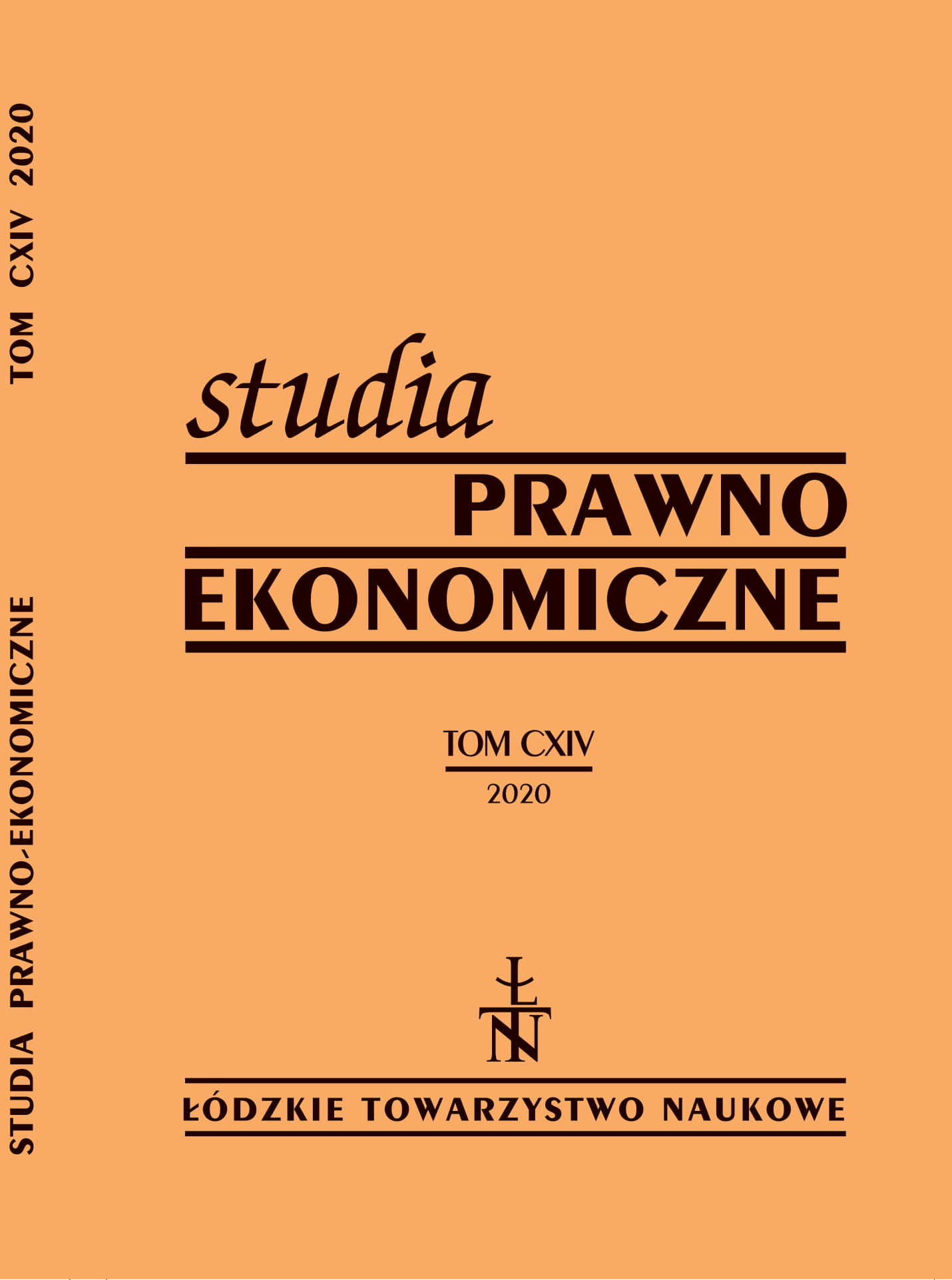Zasoby i strumienie w kontekście analizy kointegracyjnej
Stocks and flows in the context of cointegration analysis
Author(s): Michał MajsterekSubject(s): Economy
Published by: Łódzkie Towarzystwo Naukowe
Summary/Abstract: Background: Stocks and flows – key economic categories are considered in the context of their role in the mechanism of cointegration dependencies, in particular in achieving equilibrium in the economy. Research purpose: The aim of the analysis was to combine a highly mathematical one- and multi-dimensional cointegration analysis with the basic macroeconomic mechanisms, as well as to show the differences in selected economic doctrines in the light of the degree of integration of vari¬ables and the type of macroeconomic dependencies in different time horizons. The same research goal was to prove that a co-integration analysis is a necessary (but not sufficient) condition to verify most assumptions, e.g. the hypothesis of money neutrality in the long run. Another goal is to order knowledge from the borderline of advanced statistical methods and economic theory, especially in those areas where misunderstandings occur at the intersection of these sub-disciplines.Methods: The cointegration analysis for I(1) and I(2) variables was carried out on the basis of simple dynamics equations as well as VECM models used in a multidimensional approach. Dif¬ferences between the role of stocks and flows in the mechanism of achieving equilibrium in the economy were discussed. These questions – relatively simple in I(1) systems become more com¬plicated in the case in of the stochastic trends I(2) presence. Conclusions: The third type of economic categories called accelerants has been introduced to bet¬ter distinguish between long-, medium- and short-run relationships in I(2) domain. Even a simple integration analysis can provide important recommendations for economic policy. Combining the integration analysis with the stocks-flows-accelerants macroeconomic approach can be an additional test tool, important because classic simple stationarity tests of DGP processes have low power. Proper determination of the order of integration of such processes is necessary to avoid identifying the so-called spurious regressions, and these in turn are already an incentive for wrong decisions at every levels of the economy. Of particular importance, however, are the indications resulting from linking stocks-flows considerations with a multidimensional cointegration analy¬sis. Combining these issues with the possibility of decomposing the processes of achieving the state of eguilibrium in the economy for the short-run cyclical and long-run horizon should belong to the canon of making economic decisions. An important supplement should be the analysis of the sources of shocks that violate the equilibrium state of the system and the estimation of time of impact of such shocks.
Journal: Studia Prawno-Ekonomiczne
- Issue Year: 2020
- Issue No: 114
- Page Range: 273-293
- Page Count: 21
- Language: Polish

